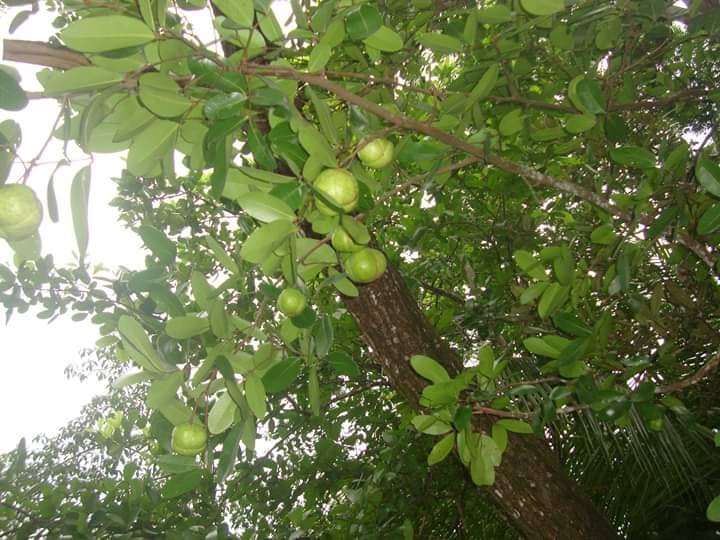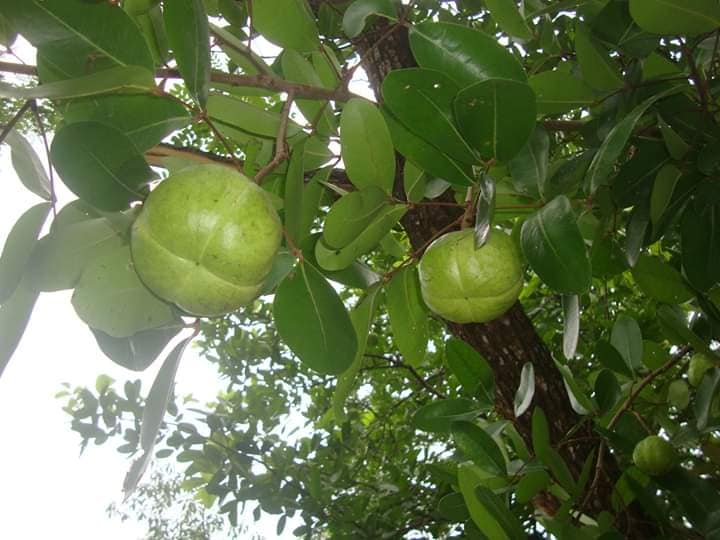Mangrove forest species ''Passur'' | Sundarbans, BangladeshThe floral species of Sundarbans forest are diversified and each characteristically unique. Species from Malvaceae and Euphorbiaceae family dominate Bangladesh's mangrove forest. More specifically, the flora of Sundarbans is distinguished by the abundance of sundari (Heritiera fomes), gewa (Excoecaria agallocha), goran (Ceriops decandra) and keora (Sonneratia apetala), all of which take place prominently throughout the region. While Passur (Xylocarpus mekongensis), from meliaceae family is also an important species with significant uses.
Characteristics of Passur (Xylocarpus mekongensis)
Importance and uses of Passur
Post prepared by: Md. Ahihul Islam, Specializations: Plantations, Forest and Climate Change Former official of Bangladesh Forest Research Institute. Dated: 12 November 2019. You can report any update or correction to this post from here.
|
Published byWe publishes articles, blog posts, news and reports on science, technology and environment. Archives
February 2021
Categories |


 RSS Feed
RSS Feed